Normally this is where I explain our design ethos and motivation for an announcement. Not today. Don’t get me wrong–Jude and I are certainly excited about Subjective3. But this is an oddball release.
A False Start
It all began two years ago, when our mechanical engineer, Nick, needed an equalizer for a side project. Our prototype lived on a shelf until another audio company requested a 3-band EQ later that year. “Lucky!”, I thought. The prototype only needed a mechanical update to reach production standards. It was agreed we’d release the EQ at both their site and jdslabs.com under unique branding, so JDS Labs submitted a small production batch last July. The market shifted just as the boards were arriving, so I advised killing the plan, no strings attached.
Instead of releasing as planned, we shared the boards as do-it-yourself-kits at a bottom-dollar price. Then we understood that the real mistake was cancelling our plans. Those who have built the DIY EQ love it, and we’ve since received continuous requests for a fully-assembled version.
Why Subjective3?
I once told a visitor that the successor to Objective2 would be called Subjective3. He laughed and replied, “Please don’t!” I agreed it was a terrible name for a JDS Labs amp.
But for an equalizer with 3 bands, Subjective3 is fitting.
Response Curves, IMD, and THD+N
For those who enjoy benchmarks, the measurements below were conducted on our Prism dScope Series III. The IMD and THD+N tests were conducted with all knobs set to their neutral (center) positions.
Optimal Equalization
To best enjoy Subjective3 (or any equalizer for the matter), I encourage you to take the time to Read The Manual. For those who refuse, at least check out the most important section, pasted below:
You may choose to apply additive equalization (knobs above center), or subtractive equalization (knobs below center). While Subjective3 performs with low noise, subtractive equalization is generally preferred.
In order to utilize the full range of equalizer controls, your amplifier must be able to accommodate input levels +15dB higher than that of your source. For use with an Objective2 amplifier and 2VRMS DAC, set gain to 1.0x gain if you choose to apply additive equalization.
If you need to use a stronger DAC or higher amplifier gain, simply use subtractive equalization. Again, this means only setting knobs below their center point.
The Subjective3 is now available for $99 USD.

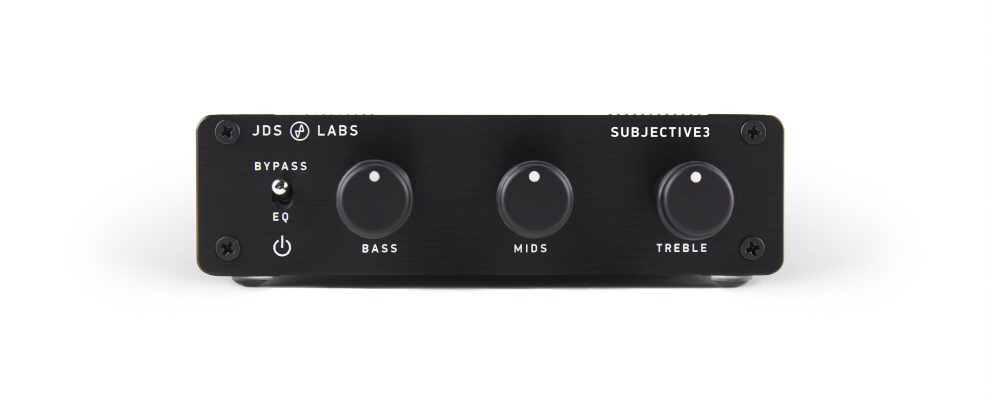
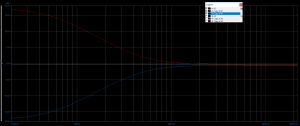
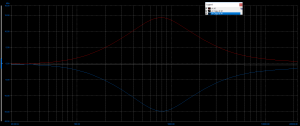
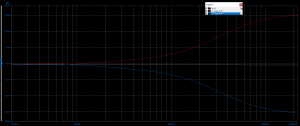
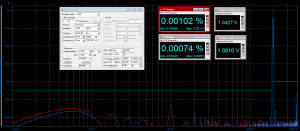
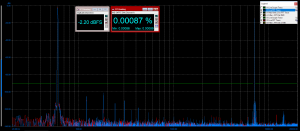
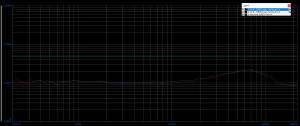
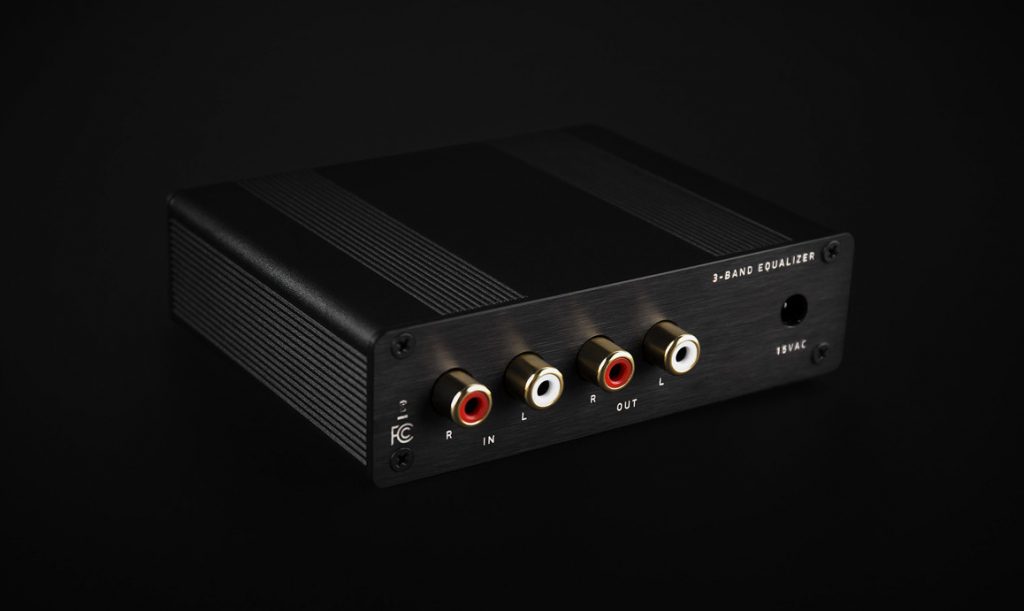
Looks great, considering getting one. What happens to THD and IMD once you start turning the knobs?
Hey Nick, equaliziation is intentional distortion, so THD rises as knobs are turned, by definition. Neutral position is the simplest way to study the impact of the EQ on the signal.
Of course, if you are curious what EQ distortion looks like, I don’t mind sharing more screenshots.
This, lets say, equalizer, is extremely accurate. When you add bass or any other button for more emphasis of frequencies, it sounds as if you added amplification. This means that the purpose of the filters are very precise and add punch. Also, it is very quiet, it doesn’t adds any distortion or any other noise. These engineers here do really know how amplification and equalization works! I thought, ah, just another equalizator. Wrong, this works as if it has 20 buttons!
Could be cool to have a casing option for Atom stack dimensions.
Yes please!
I have the Atom+ DAC and Atom+ amp; am I able to use this with those?
Is the switcher necessary or desireable?
(I’m new to this world so sorry for the basic questions!)
@Rickards – Yes, you may connect Subjective3 to any audio source with RCA Outputs. You will connect Subjective3 between your Atom DAC and Atom Amp.
Will there be an updated version of Subjective3 anytime soon? Maybe Subjective 4?
@James – What would you like to see?
Sorry but one other question- Is it better to place this unit between a preamp and amplifier or in a tape monitor? Assuming the preamp has 12db of gain on it’s own, how much gain can a power amp typically handle at it’s inputs? Thanks!
Generally, connect an EQ to the line-inputs of the final amplifier in the signal chain. The amount of gain a power amplifier can handle depends on its sensitivity and the strength of the signal from your preamp. For this reason, subtractive equalization is preferred (i.e., turn all knobs below their center point, then equalize).